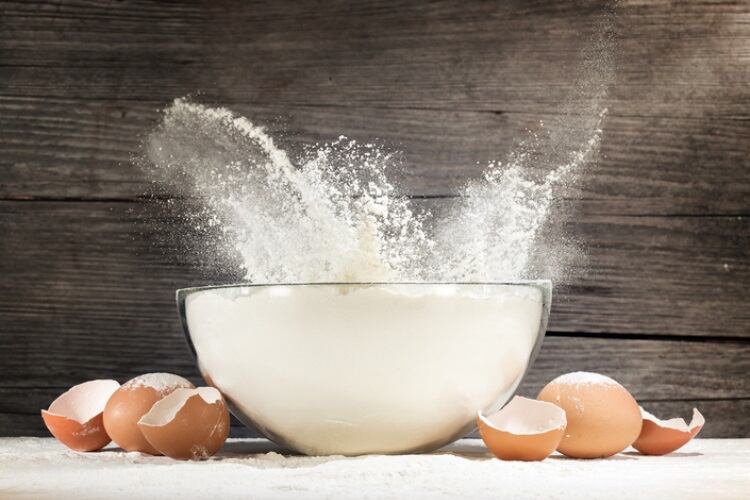Egg prices appear to be finally catching up to consumers as many are starting to think twice about putting the dairy staple in their grocery cart, but the Easter holiday could change that, according to data from Circana and InMarket.
Nearly a quarter (29%) of shoppers said they are cutting back on eggs to save money, according to data from a Circana survey shared during a recent International Dairy Deli Bakery Association webinar. Most consumers (80%) fear the US will be in a recession in the next few months, while 73% said they are concerned about tariffs’ impact on grocery prices.
Egg prices serve as a “bellwether” for declines across other dairy segments and product categories, Jonna Parker, principal II for fresh foods client insights group at Circana, said.
“When someone is spending more on eggs or any other primary good, they really then think about choices in other parts of their life,” Parker elaborated.
Egg prices finally cut into units, as dairy segment sours
Dairy units dropped 1.5% in March 2025 versus a year ago, compared to an increase of 2.4% for the year ending March 30, according to Circana Integrated Fresh Total data. The refrigerated egg market represents the largest dairy category – greater than milk – accounting for $1.6 billion of the total $7.2 billion in sales, Circana reported.
The drop in egg units follows upticks in volumes earlier in the year, as shortages and media attention boosted consumer demand, Parker explained. Egg volumes jumped 3.3% in January, compared to the same time last year.
Eggs units were not the only dairy category to decline in March. Cream cheese; butter, margarine and spreads; and refrigerated desserts outpaced eggs in declines, dropping 13.6%, 13% and 10.6%, respectively.
High egg prices and economic uncertainty are not the sole culprits for lower dairy unit sales in March, as Easter happened in March last year and in April this year, Parker noted. Butter, margarine and spread sales typically increase during the holiday, she added.
Can Easter bring back dairy units?
Two-thirds of consumers (66%) plan to celebrate Easter and/or Passover, but many shoppers are cutting their holiday plans, according to an InMarket survey of more than 5,300 respondents.
More than half of consumers (56%) said that they will buy less candy, decorations and treats this year, and 47% said they will buy less this year compared to last year. Additionally, 52% said they are seeking sales, promotions, coupons and rewards to bring down the price of their holiday shopping.
However, egg sales could rise, as 40% of shoppers plan to buy them for their holiday plans, compared to 35% who said the same last year, according to InMarket.
Yogurt and cottage cheese are up
Nearly all dairy categories experienced unit declines in March, except cottage cheese, yogurts and refrigerated creams and creamers, which grew 19.4%, 8.9% and 0.2% in units, respectively, according to Circana Integrated Fresh data.
Cottage cheese units rose in recent years due to the food’s virality in social media recipes and its high protein content. Additionally, yogurts are mixing new flavors and formats and appealing to more demographics and day parts, Parker said.
“We are seeing more frequent purchases of multiple segments within the yogurt space - yogurt for the kids, Greek yogurt for ingredients and also some really interesting new entrants into the European yogurt market. That is a great example of a category that has diversified itself. So even though the average price is higher, we are seeing multiple touch points and engagement of that category,” Parker elaborated.





